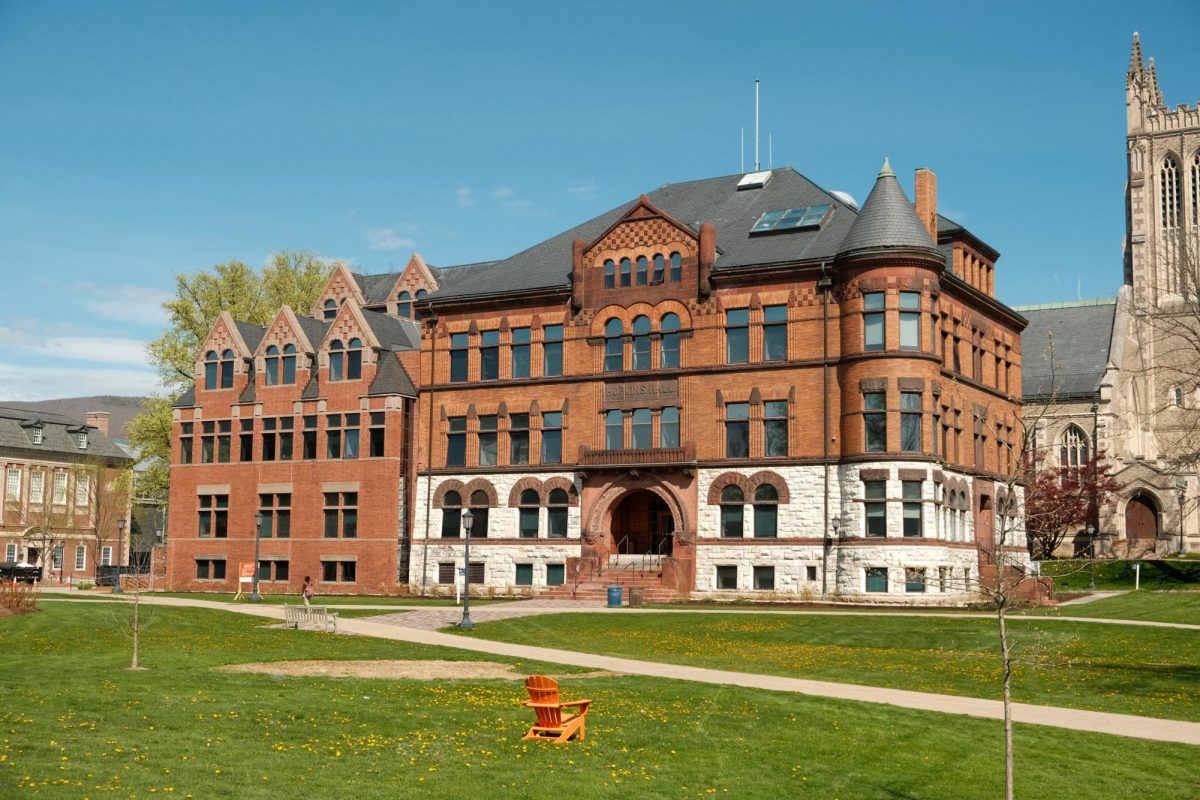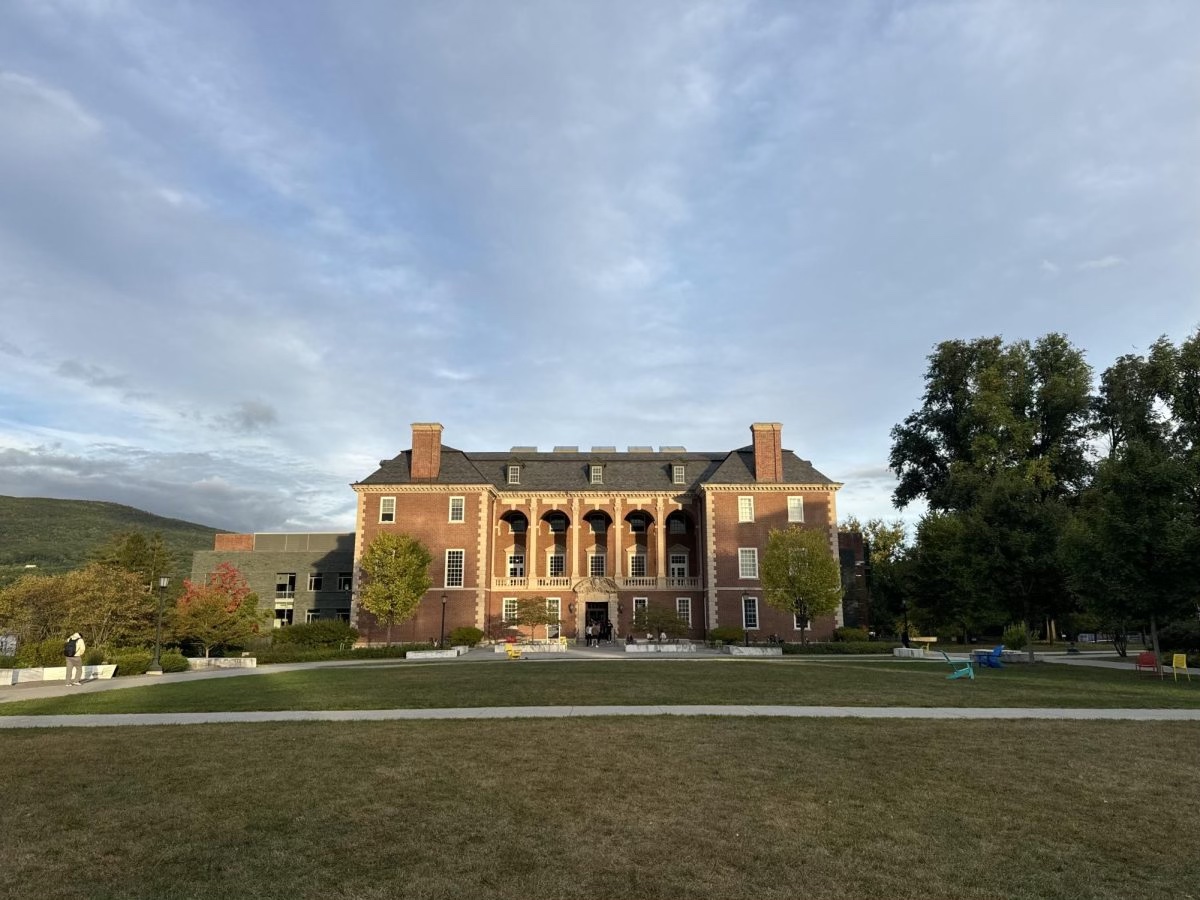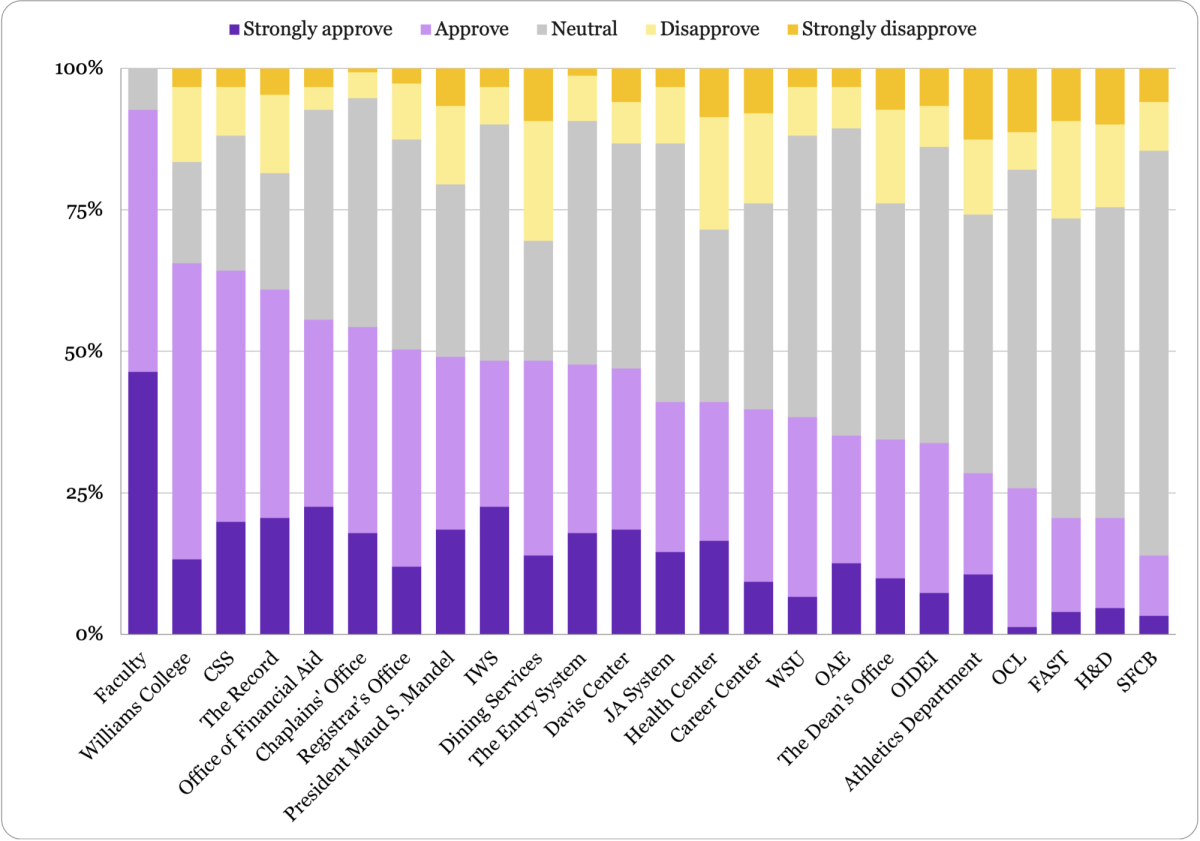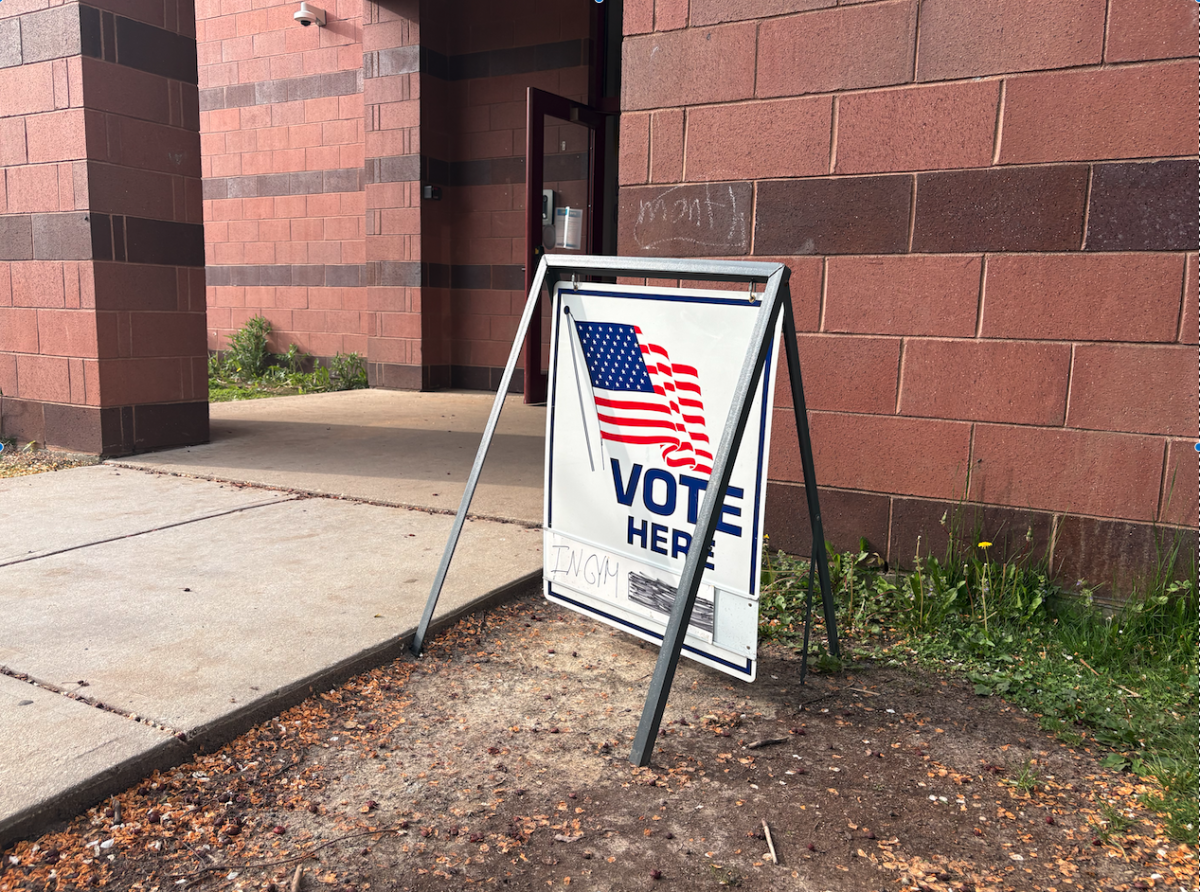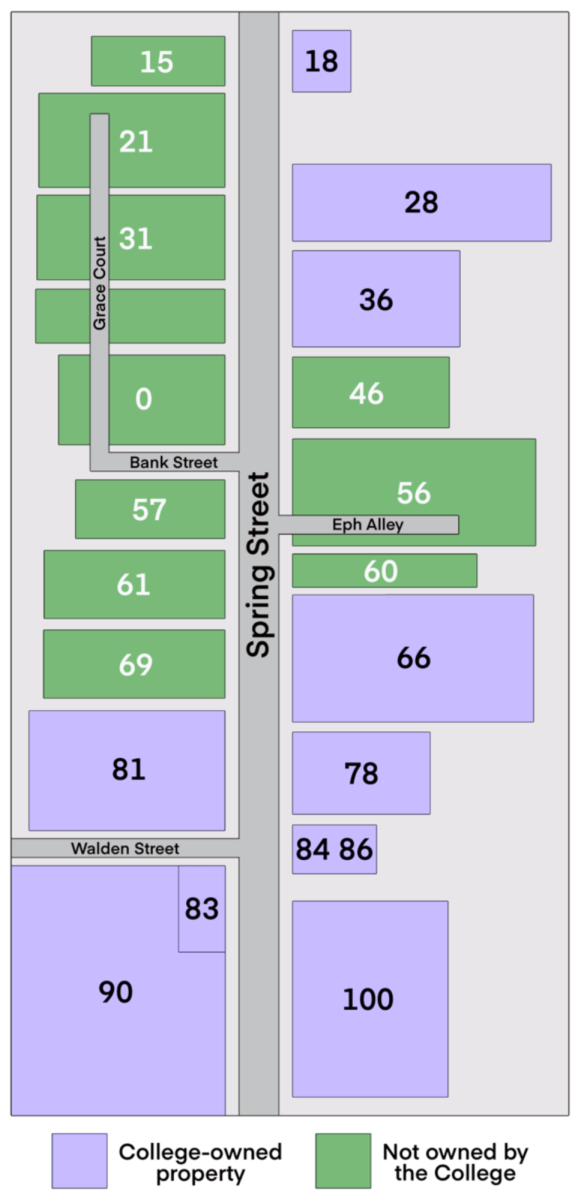Reflections on compassion and communication in today’s world
April 13, 2022
The four protagonists of Sally Rooney’s latest novel, Beautiful World, Where Are You, find language inadequate to any effective attempt at expressing their thoughts and feelings. Sometimes, as with the two main lovers, Alice and Felix, the conversation belies what emotionally goes on under the surface, charting a hidden, unspoken dialogue. At other moments, the characters cannot give voice to themselves at all, as when Alice’s friend Eileen fails to find words to text her oldest friend (and paramour) Simon: “Again the reply field was blank, the cursor blinking rhythmically over greyed-out text that read: Type a message.”
With her writing, Rooney echoes twentieth-century thinker Ludwig Wittgenstein’s philosophy of language, wherein “what can be said at all can be said clearly, and what we cannot talk about we must pass over in silence.” This approach seems to be complicit in severely limiting our capacity for expression, worsening the struggle of Rooney’s characters. But Wittgenstein’s (and Rooney’s) true aim in writing is to make us less confused and less mired in meaninglessness by recognizing what must be shown rather than said when communicating. Essentially, they explore what can be expressed in ways other than language. As masking becomes optional for the moment, we find more normalcy and potential for connection and communication than we have for years. It’s this focus on the ways other than language we can communicate that we should reclaim.
To illustrate the inadequacies of language, Rooney often narrates the process of failing to communicate as much as actual interactions between her characters, holding back the internal thought behind that process of failure.
These expressions of skepticism, though, coexist with the fact that we do love others. We are still undeniably tied to those closest to us, and so we implicitly, to some extent, understand and empathize with them — even if language can fail to communicate such an understanding. The problem for Rooney’s characters is making sense of and justifying their affections and any attempt to communicate them in context of the manifestly unjust world around them. What does it mean to communicate one’s love and to love at all if we do not recognize “the poverty and misery in which millions of people are forced to live” and which directly benefits our society? While this seems incongruous, we run the risk of distancing ourselves from the reality at our cozy college campus — and Rooney argues that at least some of us keenly carry Alice’s and Eileen’s guilt with us in ways that make such an intense focus for connection and communication itself seem unjust.
These political and philosophical arguments in the novel, taking place in emails between Alice and Eileen, elucidate the skeptical problems Rooney is concerned with and, by virtue of the novel’s consciousness of those problems, justify the “contemporary Euro-American novel” itself. Alice, a novelist much like Rooney herself, bemoans that such a novel suppresses “the truth of the world” in her messages to Eileen: “Do the protagonists break up or stay together? In this world, what does it matter?” In a sense, it doesn’t matter what happens to the love story when so much suffering is occurring in the world. Rooney emphatically points out that the contemporary novelist’s guilt — that of maintaining a seemingly unjustifiable focus on urbane narratives of love, sex, and friendship when the suffering of the oppressed cries out to be heard — must be acknowledged. This modern paralysis of justifying not only love for the nearest, but also novels about that love, shows us the difficulties of prioritizing not only connection and communication, but art about them in an unjust world.
Yet Rooney firmly champions connection and communication, because at the end of the day that’s all we have. At the end of the book, when Alice finally meets Eileen in person after many months, Rooney posits that in this moment they discover “a hidden reality: the presence at all times, in all places, of a beautiful world,” one surmounting the brokenness of contemporary life and tied to a reverent valorization of physical human connection. This moment is where communication succeeds, simply with intuitive, profoundly human connection. As Wittgenstein says, this communication without language “is indeed the inexpressible. It shows itself; it is the mystical.”
For students here at the College, Beautiful World, Where Are You captures the notion that as hard as communication is in today’s world, as we strive to have meaningful connection with our friends and acquaintances at home, on campus, and elsewhere, there’s more to it than language — something I personally had forgotten during the pandemic. There’s more than our faulty methods of texting and social media and email. Really, there’s no substitute for caring for the nearest to us by literally being near them, face-to-face, and expressing without language what cannot be said — as Rooney writes, we must “love other people instead of hating them, and there is nothing else that matters on the earth.”
Rijul Jain ’25 is from San Jose, Calif.




